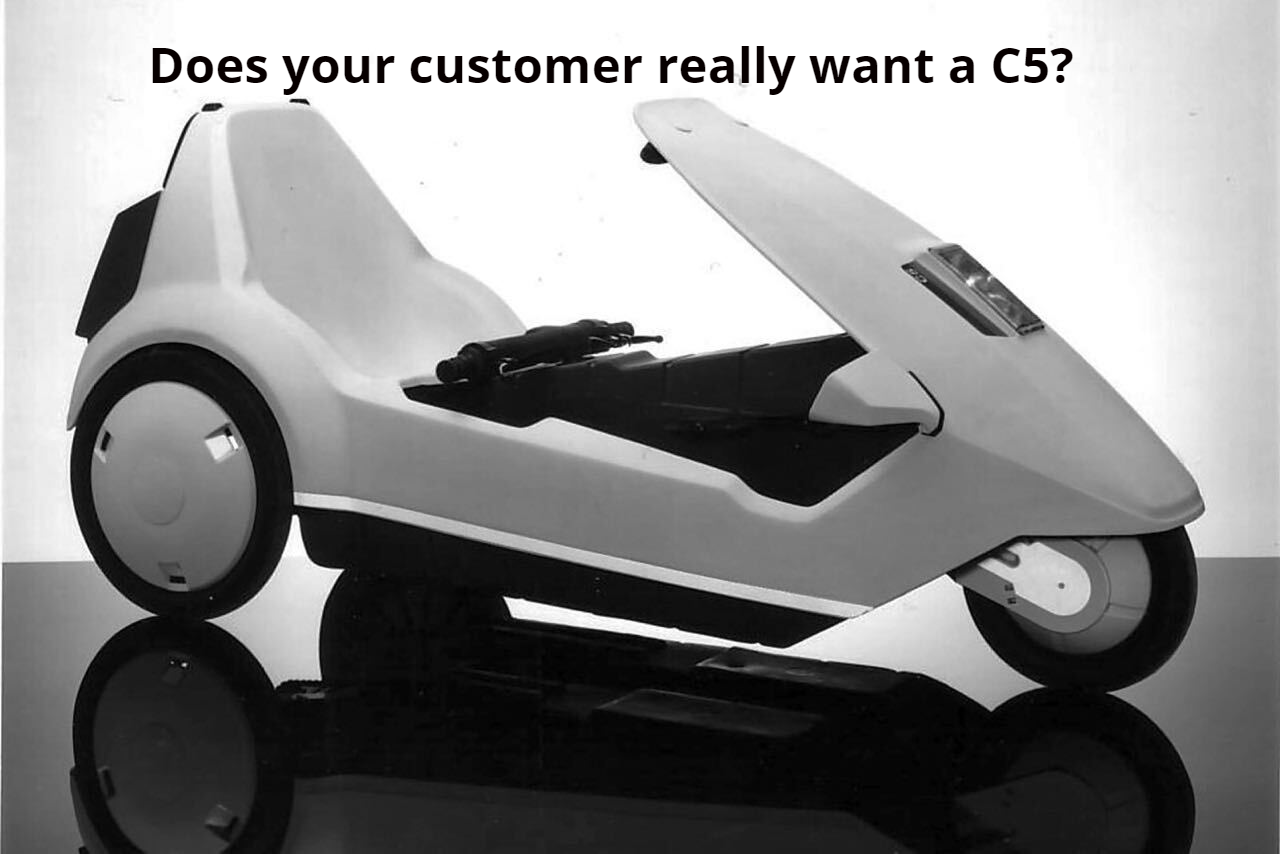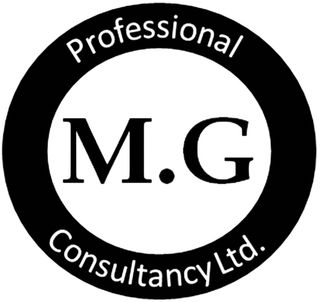If it's not broken, why fix it?
I always thought this was an odd comment; it implies that what you’ve already designed is the best it can ever be. This simply isn’t true! You should constantly review the processes you have in place for many reasons including: increased experience, new technology and changing customer behaviours. The current pandemic has highlighted this more as the pace of change has been, and will continue to be, relentless.
Many business leaders have been forced to bring changes to their organisations in weeks rather than months. Those companies who were able to react quickly to change are more likely to have improved their chances of survival. For some this will involve speeding up transformation plans, whilst others will have diversified (I’m sure you’ve seen many examples such as pubs offering food takeaway services, clothing manufacturers using production resources to make face coverings and gin distilleries making hand sanitiser).
As ‘normality’ resumes, many of these diversified businesses will revert to their core activities, or slow down the pace of transformation. Others, however, will embrace the opportunities that have opened up.
Whatever change has occurred for your business, you need to take some time to review its impact and effectiveness. Change can be exciting, rewarding and challenging all at the same time. It may have led to your business survival, or even growth in these uncertain times. If you are fortunate enough to be in that position, now is not a time to sit back in congratulatory contentment. Left uncontrolled, changes over the past 6 months could ultimately be the downfall of many companies. McKinsey quote that research suggests that business transformations fail to fully deliver the expected goals or benefits 70% of the time. If true, with forced and rushed transformations over the past few months, I can foresee a period of time when this percentage increases. Acting now can help ensure your business doesn’t become one of those statistics.
It's time to take stock and ask yourself the following questions:
What were you trying to achieve?
Did you document and track this? Make sure you review the objective regularly to ensure you remain focused on the goal.
Is the desired outcome still the same?
All too often businesses just assume their original objective is still the right one. You acted quickly because you needed to. Now, more than ever, is the time to re-assess the end goal. You will have learnt a lot in the last few months so be sure to re-evaluate with improved knowledge, experience and customer feedback.
Is this change sustainable?
Not only for your company (Can this change be scaled up? Is it profitable now and in the future?), but in a wider context. Customers will have changed some of their habits in the short term only. Other changes are likely to be more permanent. Now is the time to understand if what you achieved in the change will still be relevant in 6, 9 or 12 months time. Talk to your customers, suppliers and employees. They will all offer a wealth of experience and feedback to ensure you adapt for the future.
Was your change solely operationally based?
In other words, did you take the time to review your entire end to end process or was the change to ensure you continued delivering goods and services? The latter is completely understandable in times of crisis but could have driven inefficient back office processes. Order to Cash and Procure to Pay processes often fail because the impact of change was not fully assessed, and processes not defined end to end.
What next?
You’ve made an important start, but now is the time to check your newly implemented processes are sustainable, scalable and, most importantly, profitable.









